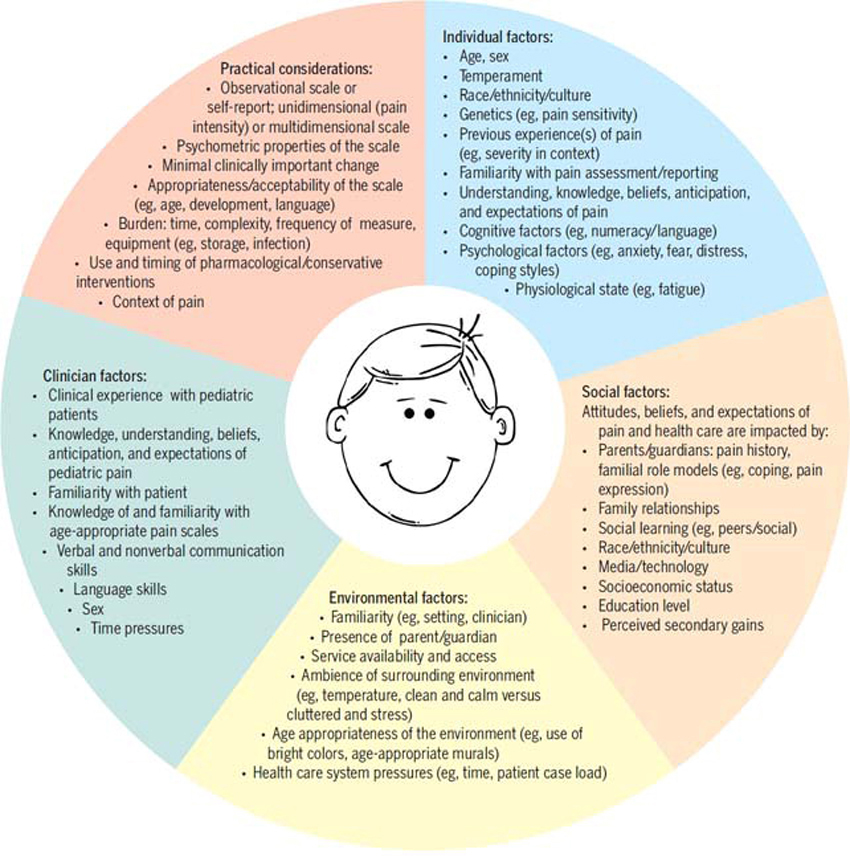The Use of the Patient Reported Outcomes Measurement Information System and the RAND VSQ9 to Measure the Quality of Life and Visit-Specific Satisfaction of Pregnant Patients Under Chiropractic Care Utilizing the Webster Technique
SOURCE: J Altern Complement Med. 2017 (Dec 20) [Epub]
Joel Alcantara, Andrea Lamont Nazarenko,
Jeanne Ohm, and Junjoe Alcantara
The International Chiropractic Pediatric Association,
Media, PA.
OBJECTIVE: To quantify the quality of life (QoL) and visit-specific satisfaction of pregnant women.
DESIGN: A prospective cohort within a practice-based research network (PBRN). Setting/locations: Individual chiropractic offices.
SUBJECTS: Pregnant women (age ≥18 years) attending chiropractic care.
INTERVENTION(S): Chiropractic care (i.e., The Webster Technique, spinal adjustments, and adjunctive therapies).
MAIN OUTCOME MEASURES: The RAND VSQ9 to measure visit-specific satisfaction and the Patient Reported Outcomes Measurement Information System (PROMIS®)-29 to measure QoL.
There are more articles like this @ our:
Chiropractic Pediatrics Section and the:
RESULTS: A convenience sample of 343 pregnant patients (average age = 30.96 years) comprised their study population. They were highly educated with 75% attaining a 2-year associate’s degree or higher. The pregnant patients presented for chiropractic care with a mean week of gestation of 25.67 weeks (median = 28 weeks; range = 0-42 weeks) and parity (i.e., the number of live births) of 0.92 live births (median = 1; range = 0-6). From baseline (i.e., at study entrance with minimum first visit) and comparative (i.e., following a course of chiropractic care), the VSQ9 measurements revealed increasingly high satisfaction on the part of the subjects (i.e., the mean difference of baseline minus comparative measures = -0.7322; p < 0.005). The median number of visits (i.e., visits attended) at baseline and comparative measures was 1.00 (standard deviation [SD] = 22.69) and 3.30 (SD = 22.71), respectively. Across outcomes, QoL improved from baseline to comparative measurement after holding constant for visit number and time lapse, trimester of pregnancy, and care provider type.
There was a reduction in mean T scores associated with
fatigue (p < 0.05),
pain interference (p < 0.05),
sleep disturbance (p < 0.05), and
an improvement in satisfaction with social roles (p < 0.05).
A significant decrease was also found with pain interference (p < 0.05). No evidence was found that anxiety (p = 0.1404) or depression (p = 0.8785) changed.
CONCLUSION: A PBRN study was successfully implemented among chiropractors to find pregnant patients highly satisfied and their QoL scores improving with care beyond chance.
KEYWORDS: PROMIS; Webster Technique; chiropractic; pregnancy; quality of life






Leave A Comment